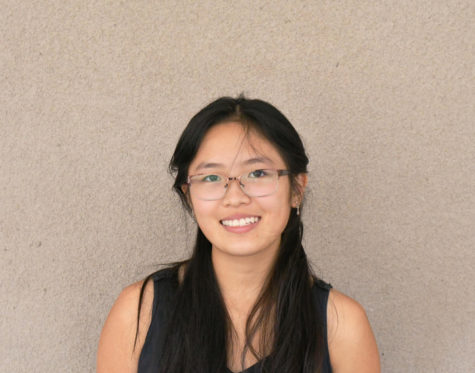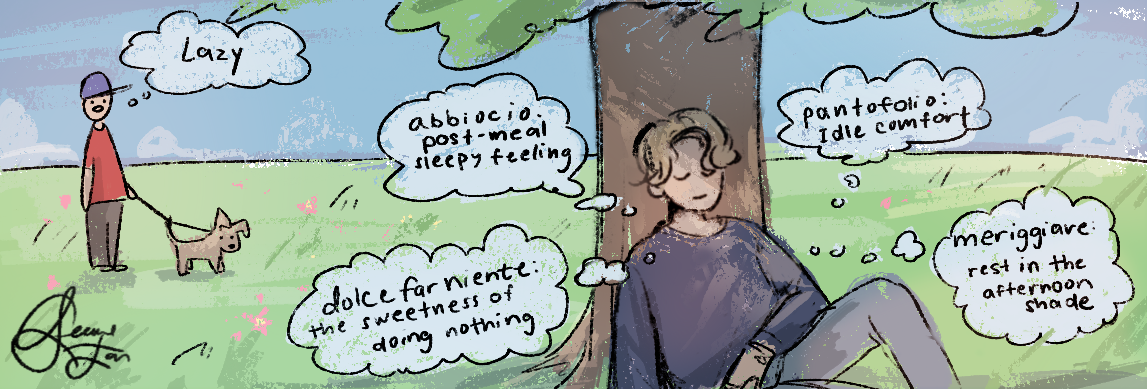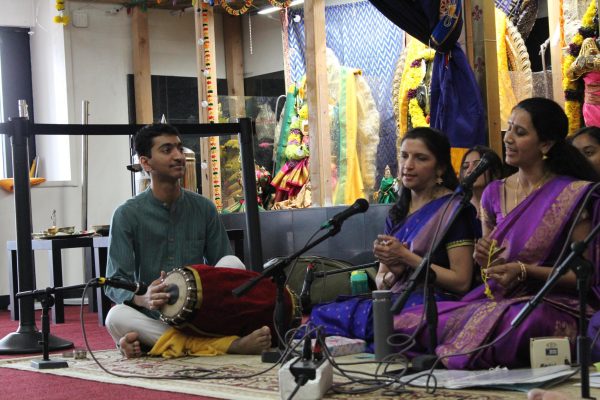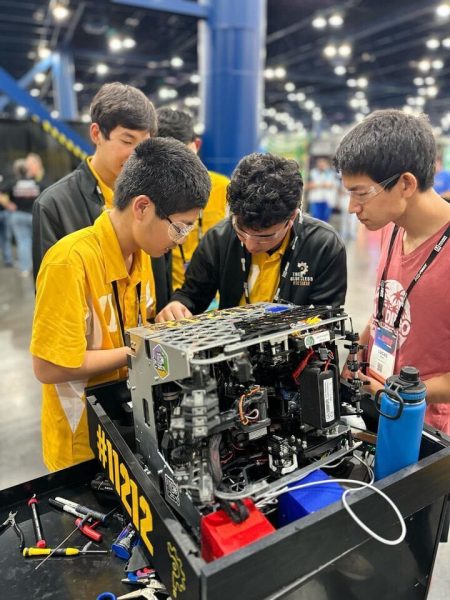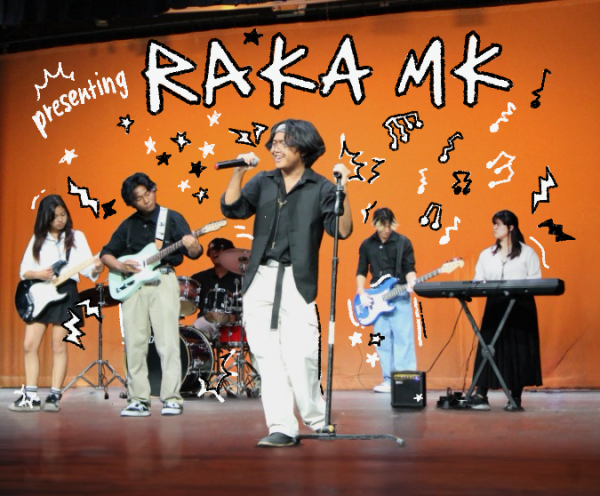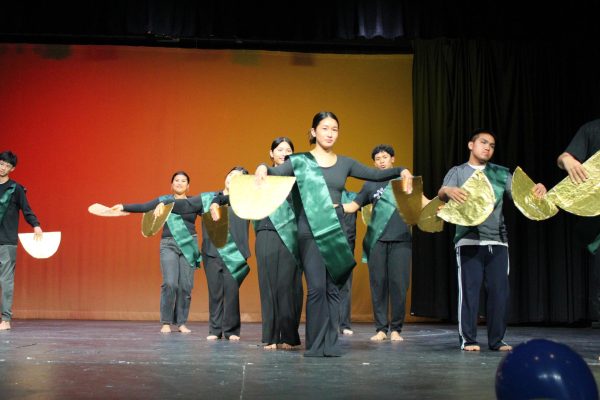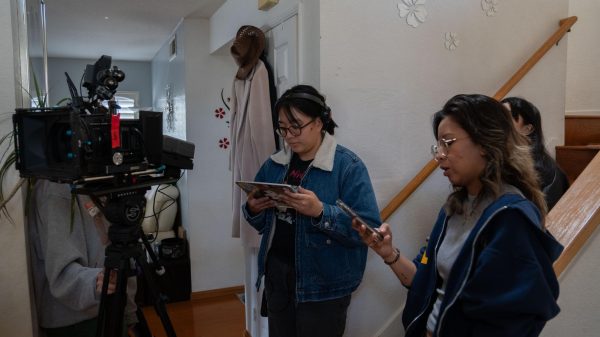Nayak places first at ISEF
June 2, 2022
Ayush Nayak (11) has always loved the stars. As a young child, he often spent nights in the fields behind his neighborhood, stargazing through a cheap telescope he’d purchased at a yard sale.
“As a sixth grader, I wanted to study the night sky more than anything else,” Nayak said. “I wanted to be the kind of scientist that could spend all their time looking at the solar system, and beyond the orbits of our galaxy.”
For that reason, it was all the more momentous when he got to attend the International Science and Engineer Fair (ISEF), and present his project in the Physics and Astronomy category.
“While my actual project wasn’t strictly astronomy, [qualifying] for ISEF felt like a fulfillment of everything that I’d ever wanted to do as a kid,” Nayak said. “It was just really really cool to be able to present my own research in the presence of so many other accomplished students and scientists.”
Still, this accomplishment did not come without its own anxieties. Despite the happiness he felt at simply qualifying for ISEF, in the moments before the first-prize winners for his category were called, Nayak pressed his hand to his chest and felt his heartbeat speed up.
“Since they announce the category winners in reverse order from fourth, to third, to second place, it was nerve-wracking,” Nayak said.
For the last hour, he had waited for his own name, listening eagerly each time as the announcers declared the winners for the Physics and Astronomy category. Almost a year’s worth of work had gone into getting him to ISEF: countless late nights bent over his computer, trying to finalize his concept, and hours after school, practicing his presentation. Now, it was all or nothing. He was either getting first, or he hadn’t placed at all.
“It wasn’t that I wasn’t confident in my project,” Nayak said. “I genuinely had a lot of faith in what I had presented to the judges, and I thought I’d done fairly well in the days before. But everyone else had done insane work and it was crazy just walking around and seeing everything they’d done.”
The impressiveness of his peers, combined with Nayak’s relative inexperience, meant that when they finally got to Physics and Astronomy, he almost couldn’t believe that he wasn’t dreaming when they announced that he was the first-in-category winner.
“There’s more than 200,000 participants across all affiliated science and engineering fairs in America,” Nayak said. “So to even be making it to ISEF was crazy. I never really imagined that I’d be chosen out of the 75 participants in my category.”
In total, Nayak ended up receiving the first place Best-of-Category Grand Prize, the CIA STEM award, and the King Abdulaziz & his Companions Foundation for Giftedness & Creativity Full Scholarship to the King Fahd University of Petroleum and Minerals, for his work. His project, titled Utilizing InSb/Si Quantum Dots for the Development of Next-Generation Multivalued Mobility Transistor Technology, was focused on building a faster transistor, the binary switch within a computer that allows it to send messages through current.
“I’d spent months trying to conceptualize a design that would allow for quicker transmission,” Nayak said. “Basically, I chemically designed a new transistor at the atomic level, that uses a special type of molecule to allow it to use 0’s 1’s and 2’s. Just by increasing logic by one level, my transistor has over 600% more effective performance than current gen Intel and AMD technology.”
Not only did Nayak have to develop the project far before the actual competition, in the weeks before ISEF, he first had to qualify from the Greater San Diego Science and Engineering Fair (GSDSEF), where he placed first in his category. Advancing, however, came with its own set of challenges, Nayak said.
“GSDSEF was all online, so that meant for ISEF I had to prepare a poster and practice giving a presentation to judges who would be seeing me in real life, instead of through a computer screen,” Nayak said.
Though he had previous experience in scientific exploration, having worked on developing Monte-Carlo simulations and machine-learning models for planet modeling and star systems, nothing he had done before this ever required as much rehearsal, Nayak said. After arriving in Atlanta for the ISEF expo on May 14, he spent two days presenting to wave after wave of judges, who evaluated the merits of his projects through his oral presentation and his posters. Despite initial anxiousness, however, he said that in time he found he was comfortable presenting.
“Once you fall into the flow of presentation, it’s almost like muscle memory takes over,” Nayak said. “I think I liked those moments the best—when everything is pared down to your project and the judges, and all I had to do is explain what I’d spent so long working on. It made me more confident, in a way, because after that I realized I didn’t need to be nervous about speaking in public.”
Even beyond his newfound confidence as a presenter, his time in Atlanta is all the more valuable because of the people he met, Nayak said.
“I’ve made friends for life at ISEF,” Nayak said. “They’ve been invaluable in convincing me that I want to further pursue research as a passion, and maybe even a career.”


